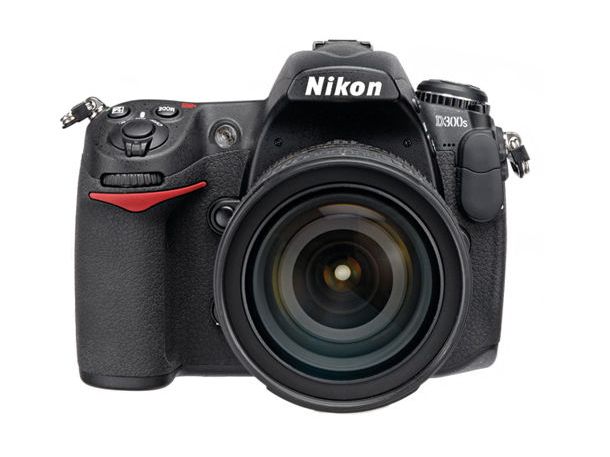Chinese automaker, NIO, has reportedly filed for regulatory approval for three new electric vehicles that will feature its semi-solid-state battery technology, WeLion. The new EVs are expected to include the ET5 and ET7 sedans and the performance SUV EC7, which will feature a 150kWh battery pack delivering more than 600 miles on a single charge.
The EC7 electric SUV is expected to hit the market in June 2023 and will feature NIO’s innovative semi-solid-state battery that has been proven to be commercially viable.
Watch Video
NIO’s Expensive High-Performance Battery
NIO’s semi-solid-state battery pack, manufactured by WeLion, uses a hybrid liquid-solid electrolyte to achieve the 1,000km range on new NIO models. While the battery is expensive, it is expected to be high-performing and capable of powering vehicles on longer trips.
The cost of the 150kWh battery reportedly is as much as the ET5 sedan itself, but the company has said it may be available on rental for customers who desire to embark on longer trips. NIO has also established a network of battery swap stations to accommodate such scenarios.
WeLion Vs. CATL
NIO reportedly approached CATL before settling for WeLion as its battery pack manufacturer, but CATL declined the proposition. This was because it felt such kind of battery had never been produced before, and it would have to invest heavily in R&D for this purpose.
It will also have to invest heavily in production tools and other aspects of the project with low commercial viability. In contrast, WeLion is a smaller company but was able to work with NIO in the development of the first semi-solid-state 150kWh battery pack.
Final Thoughts
While the cost of NIO’s innovative semi-solid-state high-performance battery pack is high, the mass production of the battery pack could significantly reduce costs.
NIO expects to make direct sales of the battery inside its vehicles this summer. With its 600-mile range, NIO’s new semi-solid-state battery is set to be a game-changer in the EV industry. However, it remains to be seen whether the cost of the battery will elicit substantial demand.











































































































































